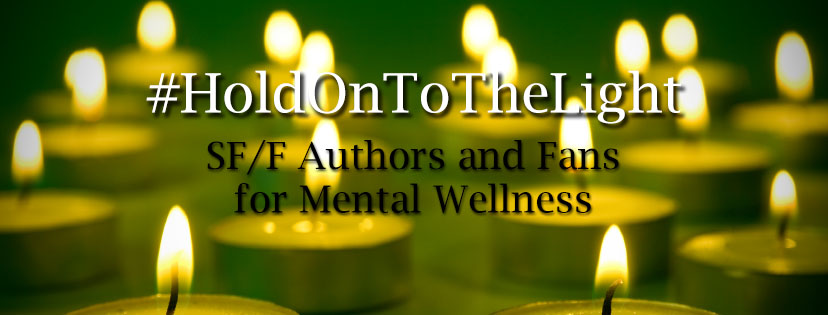 Shortly after I graduated from college, back in Medieval times, I corresponded with a dear college friend, one who continues to this day to be a close friend. At the time, she was dealing with some emotional issues and had started therapy. “Counseling is the best thing in the world,” she wrote to me. “If everyone was in counseling with a good counselor there would be world peace.”
Shortly after I graduated from college, back in Medieval times, I corresponded with a dear college friend, one who continues to this day to be a close friend. At the time, she was dealing with some emotional issues and had started therapy. “Counseling is the best thing in the world,” she wrote to me. “If everyone was in counseling with a good counselor there would be world peace.”
I wrote down the quote at the time, and have returned to it many times in the intervening years, sometimes with amusement (it’s just a great statement) and at other times with the sense that I ought to take to heart the lesson of her words.
Only this year, with the cancer diagnosis given to my older child, did I finally act on her wise advice and start therapy.
When I was young, being in therapy carried a stigma. Mental health and mental illness were even less well understood than they are now. Seeking a counselor was an admission of “weakness,” of being unable to hack it on one’s own. I grew up in New York, a bastion of liberal thought and cutting edge cultural trends, and was raised in an educated, privileged family. And still, I grew up with this bias ingrained in me. People like me didn’t need therapy, because we were “strong” and “normal” and “healthy,” whatever the hell those words meant.
It took me a long, long time to overcome that element of my upbringing. Which is really too bad, because I now know that I have suffered from anxiety and panic disorder my entire life. I denied this reality for years. I was “high strung.” “Type A.” I was “a worrier.” Given time, I could probably come up with a dozen other euphemisms that I used, or that others used on my behalf, to help me deny the obvious. Because “high strung” was okay. Suffering from anxiety suggested something deeper, more serious, more systemic. It implied that I wasn’t “well.”
Guess what. I wasn’t well.
Back in 2017 and 2018, after my brother died, I went through a really dark period. I was grieving, grappling with all sorts of difficult, nearly crippling emotional issues. At the time, it was the most troubling period of my emotional life. Still I made excuses, explaining away my decision not to seek therapy. Our younger daughter was just starting college and we couldn’t afford the added expense. It was natural for me to be having a hard time — I was in mourning. I could handle the problems on my own.
It was a terrible decision, and I shudder to think of what might have happened had I not fallen back on the next best thing to seeking the help of a counselor. I wrote about my brother. Not just a journal entry (although I should add here that regular journaling has also become a key part of my mental health regimen). I had conversations with people from his life and delved deeply into family history and the papers he’d left behind. The piece I wrote about him is one of the best things I’ve ever done. Few have read it, and for now that’s fine with me. The process itself was the point. It saved me from myself — my stubbornness, my denial, the lingering effects of my upbringing.
With my daughter’s cancer diagnosis earlier this year, which came on the heels of a period of deep anxiety during the fall of 2020, I realized the obvious: I needed help. More, I was for help. I couldn’t do this on my own anymore, nor did I see the need to.
Starting therapy was revelatory. I was fortunate, in that I found on my first try a counselor who understands me, who knows when to challenge my assumptions and when to let me ramble and find for myself a helpful emotional path. Early on, as we talked about an episode in my life that had been particularly formative and painful, she said something that spoke powerfully to my experience, not only with her, but also with the piece I’d written about my brother.
“When you talk about something painful like this,” she said — and I believe she could also have said, when you write about this sort of thing — “you assert control over it. You’re no longer subject to it. Rather, it answers to you.”
Yes. A thousand times, yes.
This was why writing about my brother and his death proved so therapeutic. This was why my sessions with my therapist have been so positive and helpful. This was why my beloved old friend could see universal therapy leading to world peace. When we acknowledge the things that afflict us, when we accept them and speak to them and come to understand them, they cease to be our enemy. They don’t vanish, at least not immediately. But by embracing them, by asserting control over them and making them ours, rather than us being theirs, we rob them of their power.
This, at least, has been my experience. And all those arguments against therapy, which I used to delay what I never should have put off? I reject them now. The stigma? Fortunately, society has progressed beyond this, and I have been dragged kicking and screaming into the 21st century. The money? Many health insurance policies cover mental health, making it as affordable as most common prescription drugs. The time commitment? I take time every day to exercise, because I know that doing so is good for me. Why would I begrudge an hour each week to do something equally healthful?
And so I stand before you (albeit virtually) as an unabashed booster of therapy. I waited until I was in the midst of a family crisis, and I wish I hadn’t. If I’d had the wherewithal as a much younger man to seek professional help, I might have recognized my anxiety for what it was in my twenties or thirties rather than in my fifties. I could have saved myself so much torment, so much sadness and angst. I choose not to consider this for too long. Water under the bridge as the cliché goes.
But I will say this: If you’re suffering, if you feel that you need help, but have been reluctant, for whatever reason, to seek it out, please take the plunge. I believe you’ll be glad you did. You may find peace, healing, and tools for coping that have eluded you up until now. And, as my friend suggests, you might even move us one step closer to world peace.









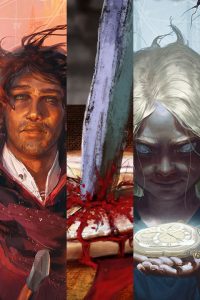 A couple of years ago, I put the finishing touches on the third book of a time travel/epic fantasy trilogy called the
A couple of years ago, I put the finishing touches on the third book of a time travel/epic fantasy trilogy called the 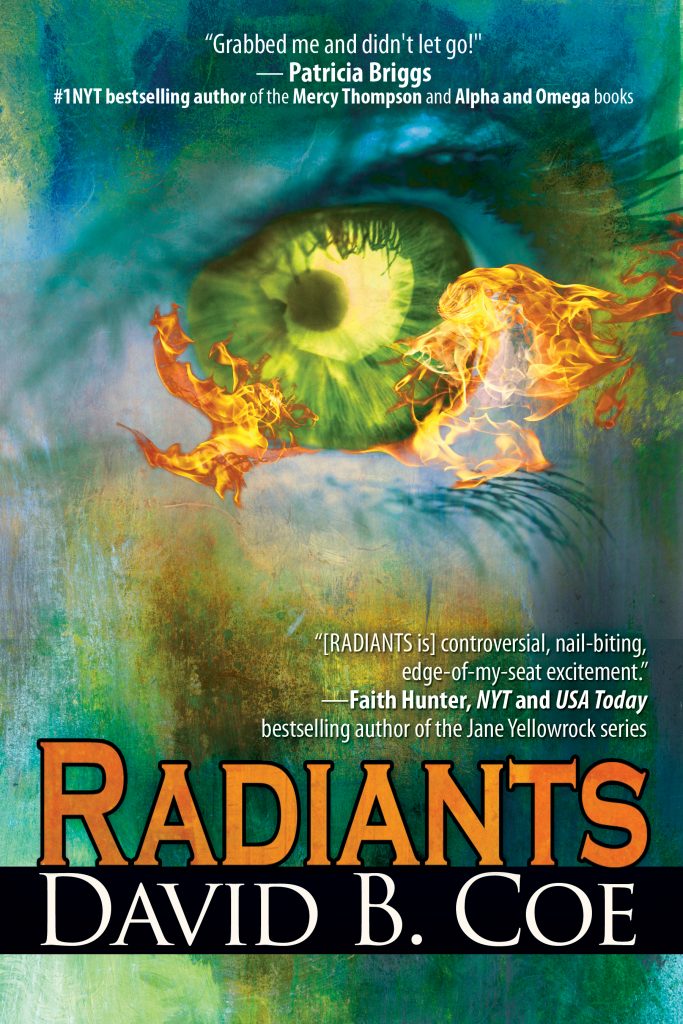 And that next book turned out to be Radiants.
And that next book turned out to be Radiants.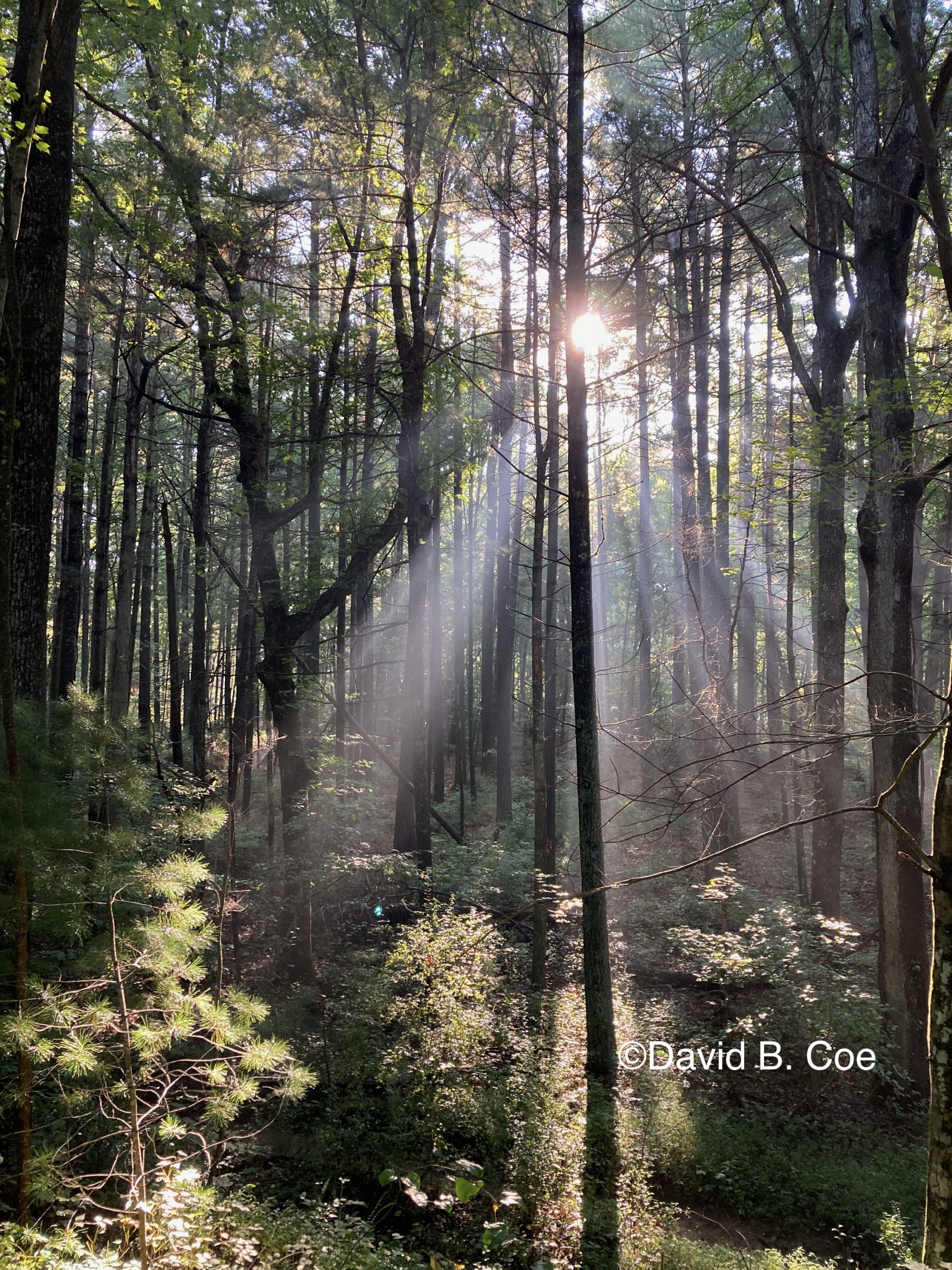
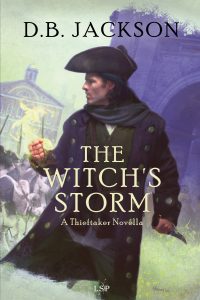 Today is release day for “The Witch’s Storm,” the first installment in my new trilogy of Thieftaker novellas,
Today is release day for “The Witch’s Storm,” the first installment in my new trilogy of Thieftaker novellas, 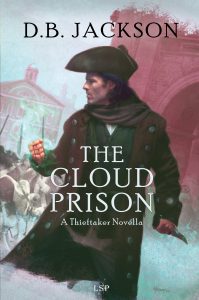 The fact is, though, as many of you already know, this release comes at a difficult time for my family and me. I have only recently returned to social media after a much-needed hiatus, and while I have adjusted to the new realities we face, they weigh on me still. And so I find myself in the position of wanting to be enthusiastic about the new stories, but also NOT wanting to be falsely positive and happy-go-lucky.
The fact is, though, as many of you already know, this release comes at a difficult time for my family and me. I have only recently returned to social media after a much-needed hiatus, and while I have adjusted to the new realities we face, they weigh on me still. And so I find myself in the position of wanting to be enthusiastic about the new stories, but also NOT wanting to be falsely positive and happy-go-lucky.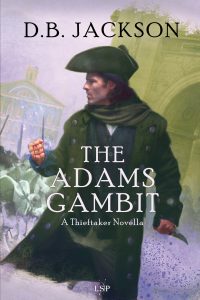 There is, of course, a larger point here. As I say, other writers deal with these questions, too. Really, all of us do. Part of being a professional in any field is being able to set aside the personal to meet our work obligations. We compartmentalize. Our emotions have their time and place, as do the qualities that make us good at our jobs. I am married to someone who excels at compartmentalizing. I am just okay at it. I can set aside my worries, fears, sadness, etc. and write for hours at a time. As long as I remain alone, in my office, with just my plot lines and worlds and characters, I’m fine.
There is, of course, a larger point here. As I say, other writers deal with these questions, too. Really, all of us do. Part of being a professional in any field is being able to set aside the personal to meet our work obligations. We compartmentalize. Our emotions have their time and place, as do the qualities that make us good at our jobs. I am married to someone who excels at compartmentalizing. I am just okay at it. I can set aside my worries, fears, sadness, etc. and write for hours at a time. As long as I remain alone, in my office, with just my plot lines and worlds and characters, I’m fine.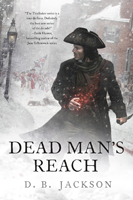 DBJ: There was a lot to work with actually. On the one hand, the trials of the soldiers and their captain were a huge deal. Think of all the big trials we’ve had in recent history — the way they captivate the public — and then magnify that about a hundred times. The Boston Massacre was a huge, huge deal throughout the colonies, but in Boston in particular. It’s easy to forget that the population of the city was only about 15,000 at this time. So while “only” five people died that night in March, chances are that if you lived in Boston, you’d had some contact with at least one of the victims. Add to that the fraught political climate of the time and you have a recipe for a lot of tension. Plus, as the title of the first novella suggests, right before the trial began, Boston was hit by a hurricane. Now, I have adopted the storm for my own narrative purposes and added a magical element. But the fact is, there was a ton going on, historically speaking, and I was able to work most of it into the novellas.
DBJ: There was a lot to work with actually. On the one hand, the trials of the soldiers and their captain were a huge deal. Think of all the big trials we’ve had in recent history — the way they captivate the public — and then magnify that about a hundred times. The Boston Massacre was a huge, huge deal throughout the colonies, but in Boston in particular. It’s easy to forget that the population of the city was only about 15,000 at this time. So while “only” five people died that night in March, chances are that if you lived in Boston, you’d had some contact with at least one of the victims. Add to that the fraught political climate of the time and you have a recipe for a lot of tension. Plus, as the title of the first novella suggests, right before the trial began, Boston was hit by a hurricane. Now, I have adopted the storm for my own narrative purposes and added a magical element. But the fact is, there was a ton going on, historically speaking, and I was able to work most of it into the novellas.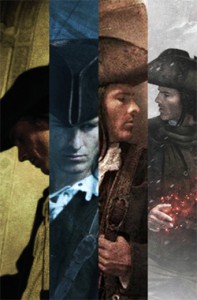 DBJ: Definitely. The fact is, I’m probably better known for Thieftaker than I am for anything else I’ve published, either as D.B. Jackson or as
DBJ: Definitely. The fact is, I’m probably better known for Thieftaker than I am for anything else I’ve published, either as D.B. Jackson or as 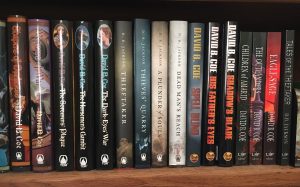 As you might expect, I did a great deal of prep work for my various classes — I wouldn’t dream of entering settings like those if I weren’t armed to the teeth with talking points, notes, topics for discussion, etc. For one thing, I have a responsibility to my students, and I take is seriously. And, though I don’t think most people would know it to look at me and listen to me, I suffer from profound stage fright. That preparation is my armor, my spell of warding. If I prepare well, my thinking goes, I’m less likely to make a complete fool of myself. This doesn’t always work — I’m perfectly capable of looking and sounding like an idiot even when I’ve done my homework. Still, I think my strategy is sound, at least in theory…
As you might expect, I did a great deal of prep work for my various classes — I wouldn’t dream of entering settings like those if I weren’t armed to the teeth with talking points, notes, topics for discussion, etc. For one thing, I have a responsibility to my students, and I take is seriously. And, though I don’t think most people would know it to look at me and listen to me, I suffer from profound stage fright. That preparation is my armor, my spell of warding. If I prepare well, my thinking goes, I’m less likely to make a complete fool of myself. This doesn’t always work — I’m perfectly capable of looking and sounding like an idiot even when I’ve done my homework. Still, I think my strategy is sound, at least in theory…